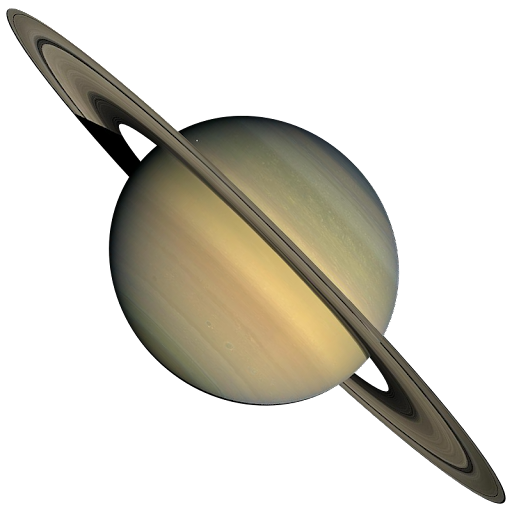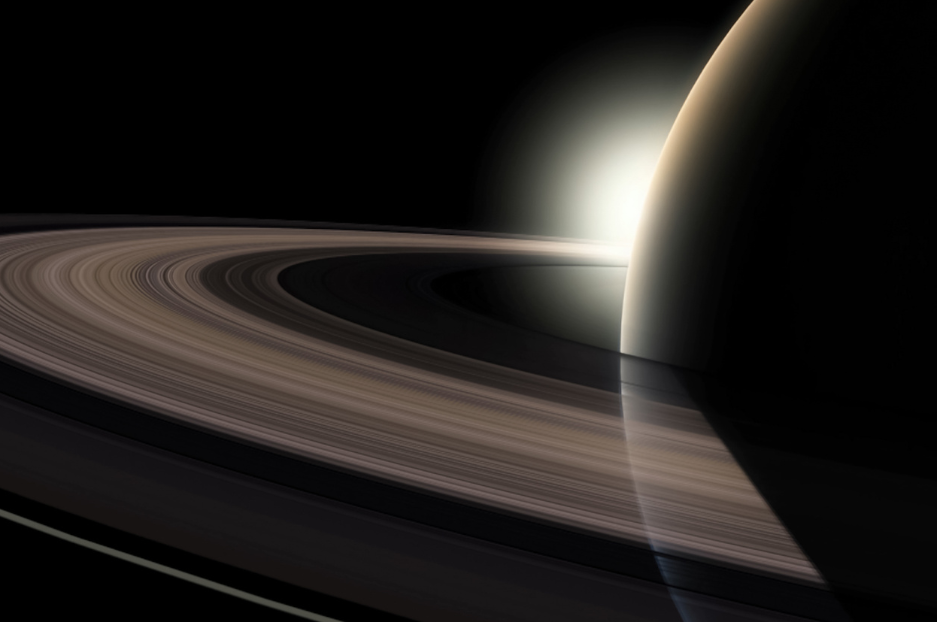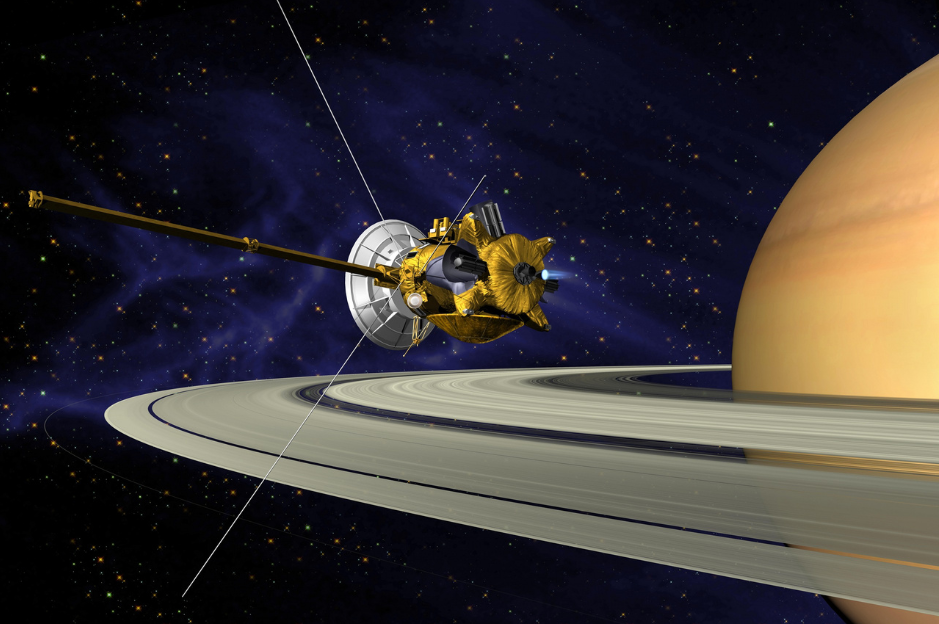There is no solid surface as such, constant storms and a toxic atmosphere. But there is much to learn from this Giant and it’s abundant moons. Could one of Saturn’s moons even have the ability to host some form of life? This is a planetary system worthy of much more study, but exactly how long would it take to get to Saturn? And are there any missions in progress or planned? Let’s explore!
Saturn – Quick Facts
- Average Distance From The Sun: 1,424,600,000 km (885,205,400 mi)
- Radius: 60,268 km (37,448 mi)
- Temperature: -138 °C (-218 °F)
- Day length: 10.7 Earth hours
- Year length: 29 Earth years
- Number of moons: 82
- Closest Distance to Earth: – As close as 1.21 Billion km in Opposition.
- Furthest distance to Earth: – As far as 1.7 Billion km at superior conjunction.

How far is Earth from Saturn?
To determine how far the Earth is from Saturn, we need to take into account where each of the planets are in respect to their orbit of the Sun. The closest that Earth and Saturn approach each other is when both planets are in opposition. Opposition happens when Earth moves between an outer planet, like Saturn, and the sun. This happens around once every year (on average every 378 days). The closest approach that these planets can make, is when they are aligned, Saturn is at its closest position to the sun (perihelion) and Earth is at its farthest (aphelion).

At it’s farthest, Saturn can be as distant as around 1.7 billion km from Earth. This happens when the planets are on different sides of the sun to each other. At it’s closest, it can be as far as around 1.2 billion km from Earth. As the orbit of Saturn and Earth are elliptical, they do change slightly over time. So these closest and farthest distances expand and contract over time.
How Long Would it Take to Get to Saturn?
The time it takes light to travel between Saturn and Earth at average distance, is around 1 hr 20 min 15 secs. But of course we can’t travel at the speed of light. In terms of satellite missions we have sent or planned there are a few results. Mission travel time can very greatly depending on the nature of the visit. Conducting a flyby can have a considerably shorter flight time than missions that have greater goals.
The fastest flyby took a little over 3 years and 2 months, whereas the only orbiter to be sent so far took more than double that time to arrive and settle into orbit around the planet.
What is the Shortest Trip?
The shortest journey to Saturn so far, was achieved with the flyby of Voyager 1. Launched on 5th September 1977 and conducting its closest approach of Saturn on 12th November 1980. So the flight time for conducting this flyby was 3 years 2 months and 8 days. Voyager 1 and it’s sibling Voyager 2 were both launched to explore the outer solar system and are still out there pushing boundaries of our knowledge to this very day. Having long exceeded their mission parameters, both craft are now on their way out of our solar system.
How Often Does The Closest Approach Occur?
The closest approach between the Earth and Saturn, happens approximately every 378 days. From our perspective here on Earth, it happens around 11 – 15 days later each year, moving through the seasons. While an orbit of the Earth around the Sun takes 1 year, for Saturn, it takes the equivalent of just over 29 Earth years.
Missions To Saturn

There have been four missions to Saturn so far:
| Mission | Type | Launch Date | Arrival | Travel Time | |
|---|---|---|---|---|---|
| Pioneer 11 | Flyby | April 6, 1973 | Closest approach on 1 September 1979 | 5 Years 4 Months 25 Days | First probe to visit Saturn. |
| Voyager 1 | Flyby | September 5, 1977 | Closest approach on 12 November 1980 | 3 years 2 months 8 days | Still out there sending back data |
| Voyager 2 | Flyby | August 20, 1977 | Closest approach at on 26 August 1981 | 3 years 11 months 24 days | Still out there sending back data |
| Cassini /Huygens | Orbiter & Lander | October 15, 1997 | Entered orbit 1 July 2004. Huygens Lander deployed December 25, 2004, landed on 14 Jan 2005 and lost contact shortly after. | 6 years 8 months 16 days | Retired on September 15, 2017 |
At the end of it’s operational life, the Cassini craft was lowered toward the planet to conduct it’s grand finale. In this maneuverer the craft was intentionally dropped into the atmosphere of Saturn to burn up and prevent it from eventually colliding with any of the numerous moons. The craft lasted longer than expected but eventually succumbed to the atmosphere and burned up.
Are There Any New Missions Planned?
There is one mission currently in development for a return to the Saturnian system, and it is an exciting one. The Dragonfly mission has the moon Titan as it’s primary target, and will be involved in looking for the starting ingredients for life. Titan’s atmosphere is very similar to that of the young Earth 3.5 Billion years ago, when the very first single cell organisms started to develop on our planet. This mission offers a rare opportunity to observe how these organic molecules started the chain reaction that eventually led to complex life.
The surface of the moon will be explored with a rotorcraft which will take small flights around the surface, for which a flight path has already been largely developed. Data from the previous Cassini mission have helped the scientists in charge create a solid mission plan, and this will definitely be one to look out for. The mission is expected to launch around 2026/2027 and arrive in 2034/2035.
How Far Is Saturn From The Other Planets?
The following are average distances between Saturn and the other planets in the Solar System:
- Distance From Saturn to Mercury: 849,000,000 Miles
- Distance From Saturn to Venus: 818,000,000 Miles
- Distance From Saturn to Mars: 744,000,000 Miles
- Distance From Saturn to Jupiter: 402,000,000 Miles
- Distance From Saturn to Uranus: 900,000,000 Miles
- Distance From Saturn to Neptune: 1,911,674,960 Miles, 3,076,400,000 Km